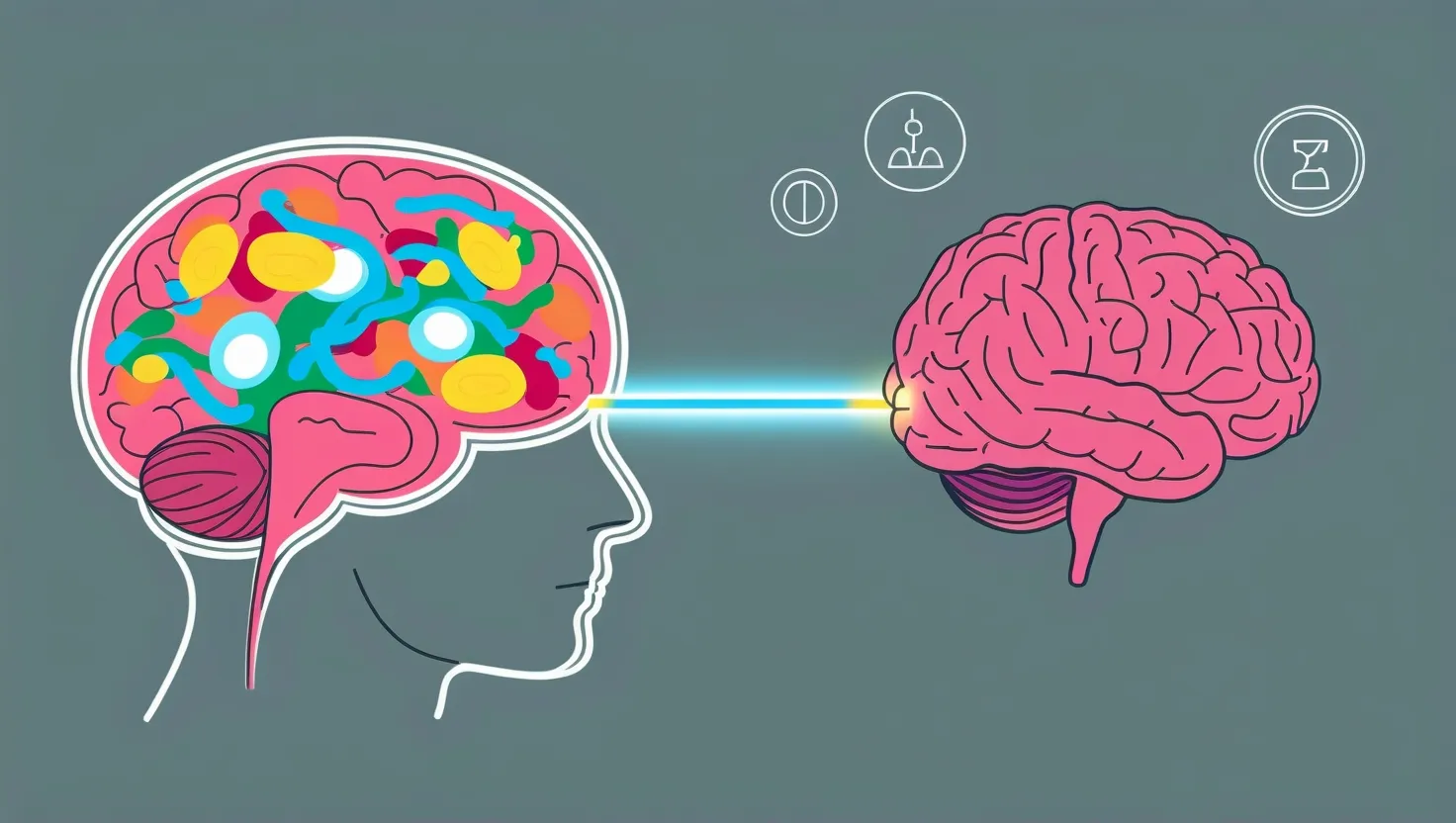Imagine a world where market data is not just a series of numbers and charts, but a multidimensional experience that engages all of your senses. This is the realm of synesthetic investing, where the traditional methods of analyzing financial data are transformed into a rich, sensory experience.
For those who are familiar with synesthesia, the concept might not be entirely new. Synesthesia is a neurological phenomenon where the stimulation of one sensory pathway leads to an automatic, involuntary experience in another sensory pathway. For example, some people see numbers or letters in specific colors, or hear music when they taste certain flavors. However, the idea of applying this principle to financial analysis is both innovative and intriguing.
The Power of Cross-Sensory Associations
When we think about financial data, we usually rely on visual cues – charts, graphs, and spreadsheets. However, our brains are capable of processing information in much more complex and multifaceted ways. By associating different market indicators with specific sensory experiences, you can tap into your brain’s ability to process information across multiple channels.
For instance, imagine feeling the texture of a bullish market – smooth, consistent, and reassuring. Conversely, a falling stock could be associated with a sour taste, alerting you to potential risks. This approach doesn’t just make the data more engaging; it also enhances your ability to spot patterns and anomalies that might be missed through visual analysis alone.
Enhancing Decision-Making
One of the key benefits of synesthetic investing is its ability to make complex financial data more intuitive. When you associate market trends with sensory experiences, you’re not just processing abstract numbers; you’re creating a holistic understanding of the market.
Consider the example of sound-shape correspondences, a well-documented phenomenon where certain sounds are associated with specific shapes. In a similar vein, you could associate the sound of a rising stock with a clear, ascending melody, while a declining stock might sound like a discordant note. This auditory feedback can provide an immediate and visceral response to market changes, allowing you to react more swiftly and accurately.
Applying Synesthesia in Practice
So, how can you start leveraging synesthesia in your investment strategy? Here are a few practical steps:
Deconstruction and Association
Begin by deconstructing the financial data into its various components – trends, indicators, and market signals. Then, associate each component with a specific sensory experience. For example, you might associate a strong uptrend with the smell of freshly brewed coffee, symbolizing energy and growth, while a downtrend could be associated with the smell of smoke, indicating danger.
Multisensory Mapping
Create a multisensory map of your financial data. This could involve using different textures for various market conditions – a smooth texture for stability, a rough texture for volatility. You could also use different tastes to represent different sectors – sweet for consumer goods, sour for tech stocks.
Immersive Experience
Immerse yourself in this multisensory world. Use soundscapes to represent market movements, with calming music for stable markets and intense music for volatile ones. Visualize these sounds as colors or shapes, further enriching your sensory experience.
The Science Behind Synesthesia
Synesthesia is not just a quirky phenomenon; it has a solid scientific basis. Research has shown that synesthetes experience stronger cross-modal correspondences than non-synesthetes, particularly in sound-symbolic associations. This means that the brain of a synesthete is more adept at linking different sensory modalities, which can be a significant advantage in processing complex data.
Moreover, studies have indicated that synesthesia is associated with increased top-down signal transmission in the brain, which enhances the integration of sensory information. This hyperconnectivity can lead to a more holistic and intuitive understanding of data, making it easier to spot patterns and make informed decisions.
Personalizing Your Approach
The beauty of synesthetic investing lies in its personalization. What works for one person may not work for another, so it’s crucial to experiment and find the associations that resonate most with you.
For example, if you’re someone who loves music, you might find it easier to associate market trends with different melodies or rhythms. If you’re more tactile, you might prefer associating trends with textures or temperatures. The key is to find what works best for your brain and to tailor your approach accordingly.
Overcoming Traditional Limitations
Traditional financial analysis often relies heavily on visual data, which can be limiting. Visual overload is a common issue, especially when dealing with complex datasets. By engaging multiple senses, you can avoid this overload and process information more efficiently.
Additionally, synesthetic investing can help you stay emotionally detached from market fluctuations. When you associate market data with sensory experiences rather than just numbers, you’re less likely to react impulsively to short-term changes. This can lead to more rational and informed decision-making.
Real-World Applications
While synesthetic investing is still a novel concept, its applications can be seen in various real-world scenarios. For instance, in marketing, cross-sensory associations are already being used to enhance consumer experiences. By associating products with specific tastes, smells, or sounds, marketers can create more memorable and engaging brand experiences.
In the financial world, this approach could revolutionize how we analyze and interact with market data. Imagine attending a financial presentation where the data is presented not just as charts, but as a multisensory experience – sounds, smells, and textures all working together to convey the message.
The Future of Financial Analysis
As technology advances, the possibilities for synesthetic investing become even more exciting. With the advent of virtual reality and augmented reality, it’s possible to create fully immersive financial environments where data is experienced through multiple senses simultaneously.
Imagine stepping into a virtual world where market trends are represented by landscapes – a rising market could be a lush, green forest, while a declining market could be a barren desert. This kind of immersive experience could make financial analysis more engaging, intuitive, and effective.
Conclusion
Synesthetic investing is not just a futuristic concept; it’s a practical approach to enhancing your financial analysis skills. By leveraging cross-sensory perceptions, you can process complex data more intuitively, spot patterns more easily, and make more informed decisions.
It’s time to think beyond the screen and engage your entire sensory system in the world of finance. Whether you’re a seasoned investor or just starting out, the synesthetic approach offers a fresh and innovative way to navigate the markets. So, why not give it a try? Transform your market data into a symphony of sounds, textures, and tastes, and see how it can revolutionize your investment strategy.






